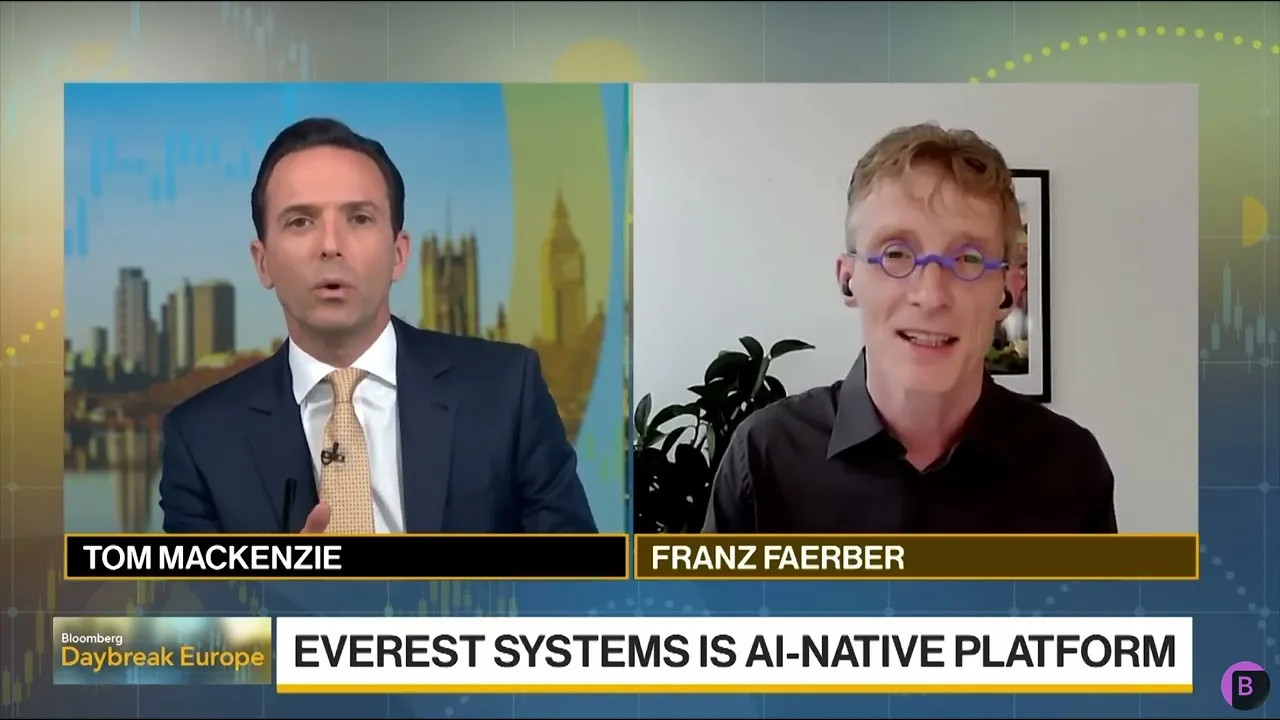Look at any major ERP’s website and it will assure you their software can do anything. They have hundreds of modules, thousands of integrations, a gigantic professional services arm, and an engineering team so large, the sun never sets on their offices.
Yet that ERP’s customers feel the opposite is true—that their ERP can’t seem to do anything. That the interface is inflexible and buggy, and only functions because of all the work they do outside it in spreadsheets.
So why this gap? Why are so many ERP implementations falling shorter and shorter of their promise?
In this article we argue that there are two major reasons—that the role of the office of the CFO has changed, and that legacy systems like major ERPs have not kept up. This incompatibility is widening and has probably already restricted your company’s ability to compete. From here, it only grows worse. There are five functions you must perform that your ERP probably can’t support without serious redevelopment.
Everest has raised $140 million to solve this problem. We’ve been in stealth for five years to build a complete, new ERP from an entirely new point of view: That you should spend your time helping to grow the business, not customizing your ERP.

The office of the CFO has changed. ERPs haven’t
Heads of finance and controllers we talk to describe two major changes to their role:
More demands on them to help actively manage the business
More technology
You’d think more technology would be helpful, but anyone trying to produce reports to steer their business right now knows the opposite is true. The greater the pressure to report, revise, and strategize with the various business units, the more those workflows grind to a halt. And the more software they deploy, the slower things go. Because fundamentally, their ERP never fully supported their business processes.
That’s why trying to customize a legacy ERP goes like this:
You discover a deficiency—e.g. you cannot post-hoc edit contracts
You engage the IT team
The IT team engages the data team
Together, you all develop a clear scope of work
Over months, the IT team runs into a series of unforeseeable limitations
You move to working in Excel and until a fix is found
No fix is found
The work remains in Excel, outside the system
Now the output is more accurate, but 2x more work
You begin looking for bolt-on or custom solutions
The cycle repeats
Nevertheless, CFOs, VPs, and controllers are being asked to be more active managers, evaluating supply chains in light of tariffs and assessing new risks like access to AI models or energy, without being relieved of their traditional reporting duties. A Deloitte analysis of 30,000 CFO job listings between 2018 and 2023 showed a 19% increase in scope. A Deloitte survey found that a CFO’s top concern is that their employees are overloaded (44% of respondents). And while teams are growing larger, they aren’t large enough—the talent shortage has spilled out of accounting.
CFOs gained 19% more duties from 2018-2023 - Deloitte
It’s as if everyone’s been asked to step into an interim new role, then also asked to hold their old job. And the ERP won’t change overnight. In serving customers for decades, that legacy vendor has absorbed all their outdated workflows and practices. To meaningfully innovate, it’d have to cannibalize its own core revenue streams—which it won’t. It is not in those ERPs’ interests to change.
But that leaves your office in an increasingly untenable position.
5 functions you now need to compete
In a workplace where change is now a constant, you need the option to manage the tradeoff of flexibility (freedom to adapt the system) and rigidity (the ability to enforce workflows and rules and compel people to adhere). You need systems that can be molded to your business processes, but then fixed and set.
That’s why you need the following:
1. The power to easily deploy new pricing models
ERPs were built for manufacturing and distribution companies in the 1980s and 1990s where SKUs were discrete, prices were fixed, and everything fit into a simple relational database. Today contracts and prices change dynamically. Companies offer more pricing models like subscription, consumption-based, and value-based. To make those models work you need a lot more than bolt-on software—you need an entirely new revenue recognition engine.
Everest automates subscription recognition →
2. To integrate global people costs
People are one of your top costs but not something ERPs naturally consider. Without the complete set of historical headcount, role-based costs, forecasted compensation commitments, it’s difficult to make credible plans. But to incorporate this data through custom integrations is impractical—middleware creates its own ballooning maintenance costs and data lakes add significant costs and demote the ERP into essentially just a workflow platform.
Everest offers unified people management →
3. To make changes without IT
The software development cycle is now not only continuous, but in some respects, limitless, as 83% of engineers now use LLM-generated code. Companies launch features faster and are skipping wireframes in favor of overnight AI-coded prototypes. Finance teams need to move at equal speed. So when their business switches to percentage completion accounting or launches a consumption-based digital product, they need to support it. This cannot happen unless you remove IT as the bottleneck, and your team has the power to customize the ERP.
Everest is easy enough to not require custom code →
4. To depreciate assets without add-ons
At the current speed of work you cannot afford to split asset management tracking with IT, and to be operating out of different systems on different schedules. You need built-in depreciation logic that goes deeper than you achieve with a bolt-on solution, which tends to only slightly outperform spreadsheets. And it must be central, so there are clear audit trails.
Everest has automated depreciation scheduling →
5. You need a system that does the work for you
If your ERP is not continuously becoming less work to manage, it’s creating a maintenance cost you soon won’t be able to pay. You need revenue schedules to be built-in. You need your sales orders to automatically generate contracts. You need an ERP that can discover your own business process for you, visualize it, and give you suggestions on how to simplify it.
Everest uses AI to eliminate repetitive reporting →
The only way forward is to start over
Perhaps it is possible that your legacy ERP will release the modules or integrations to make all this possible. But it defies logic and experience. Take it from us, a team that helped build some of SAP’s more popular features. The technological debt at those companies has reached a point where innovation is not only impossible, but against the company’s own interests.
This has left many finance leaders operating in a world where:
Every major ERP claims to do everything
Using them, you feel the exact opposite
For a fresh start and an ERP built for this moment and for a CFO’s office that’s destined to change, you may find it useful to learn about Everest.




